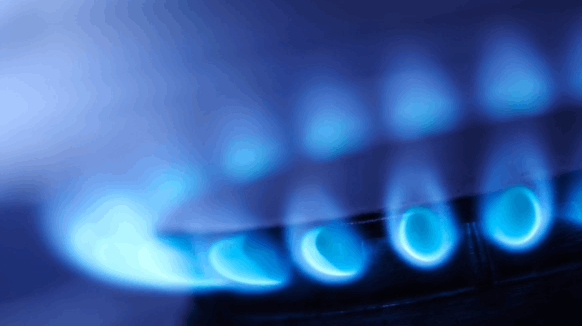
Thanks to declining commercial and industrial natural gas demand driven by lockdowns to curb COVID-19’s spread, Rystad Energy predicted Monday that global gas demand will drop nearly two percent this year.
“2020 will be the first year since 2009 where there will be no growth in consumption,” Carlos Torres-Diaz, Rystad’s head of gas and power markets, commented in a written statement. “This will be a hard blow for an industry accustomed to yearly growth rates of more than three percent."
According to Rystad, global gas demand should total 3,878 billion cubic meters (Bcm) in absolute terms this year – down from 3,951 Bcm in 2019. Prior to COVID-19, the energy consultancy had projected that 2020 gas demand would hit 4,038 Bcm.
Rystad also observed the change in a country’s gas demand has relied on factors such as lockdown measure severity, power mix and industrial activity level. Moreover, the firm stated the demand drop effect will be milder for countries capable of switching from coal to gas for power. It pointed out that Italy – among the countries hardest-hit by COVID-19 – saw an average 23-percent loss of power and industrial gas demand throughout its strict lockdown. It also pointed out the country’s coal power generation capacity is on the low side.
Italy’s low coal power generation capacity means that “any reduction in power demand will represent a similar drop in gas-for-power demand as it is difficult to achieve a reduction in generation from renewable sources,” Rystad explained. The firm added similar effects were evident elsewhere in Europe, with France and the U.K. seeing estimated weather-adjusted gas demand losses of 25 percent and 19 percent, respectively.
“On the other hand, demand in the U.S. continues to thrive, mostly as a result of increasing demand from the power sector which has compensated for the drop in other sectors,” Rystad stated.
The consultancy pointed out that daily U.S. gas demand from the power sector has averaged 25 billion cubic feet (708 million cubic meters) over the last two weeks, “practically” aligning with the level for 2019. Also, it noted that demand during some periods of the lockdown has surpassed 2019 levels by more than 15 percent.
“The main reason for this is that gas prices remain very low, and while coal prices have also dropped, gas is still more competitive in power generation,” Rystad stated. “The drop in U.S. power demand has therefore pushed coal out of the generation stack rather than gas.”
Given their large coal-to-gas switching capacity, countries such as Australia, Germany and South Korea could also experience demand responses similar to that of the U.S., the consultancy added. It stressed, however, that much uncertainty surrounds the actual impact on gas demand and represents a downside risk for the remainder of 2020.
“The possibility of new lockdowns, the slowdown in economic growth and the effect of stimulus packages on reactivating commercial and industrial activity could all tip the gas-demand scale,” Rystad stated.
To contact the author, email mveazey@rigzone.com.




No comments:
Post a Comment